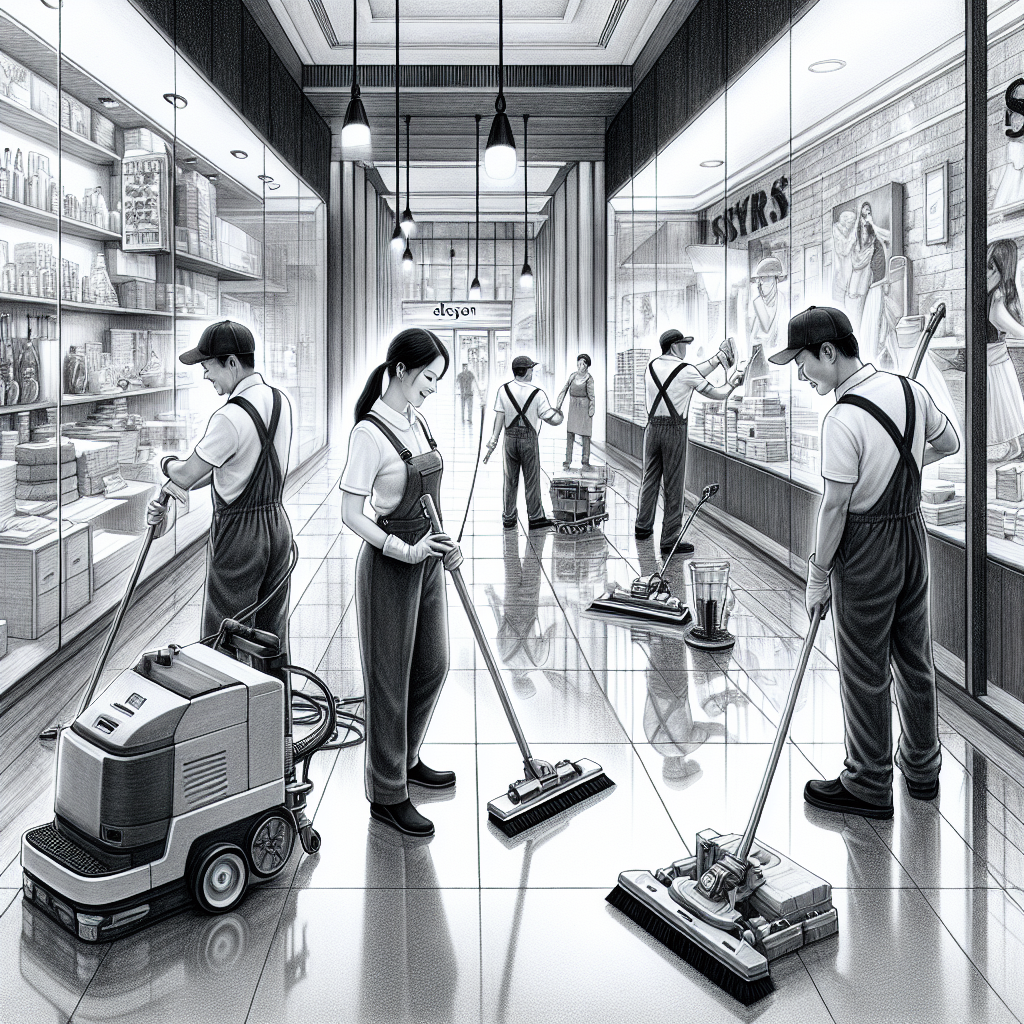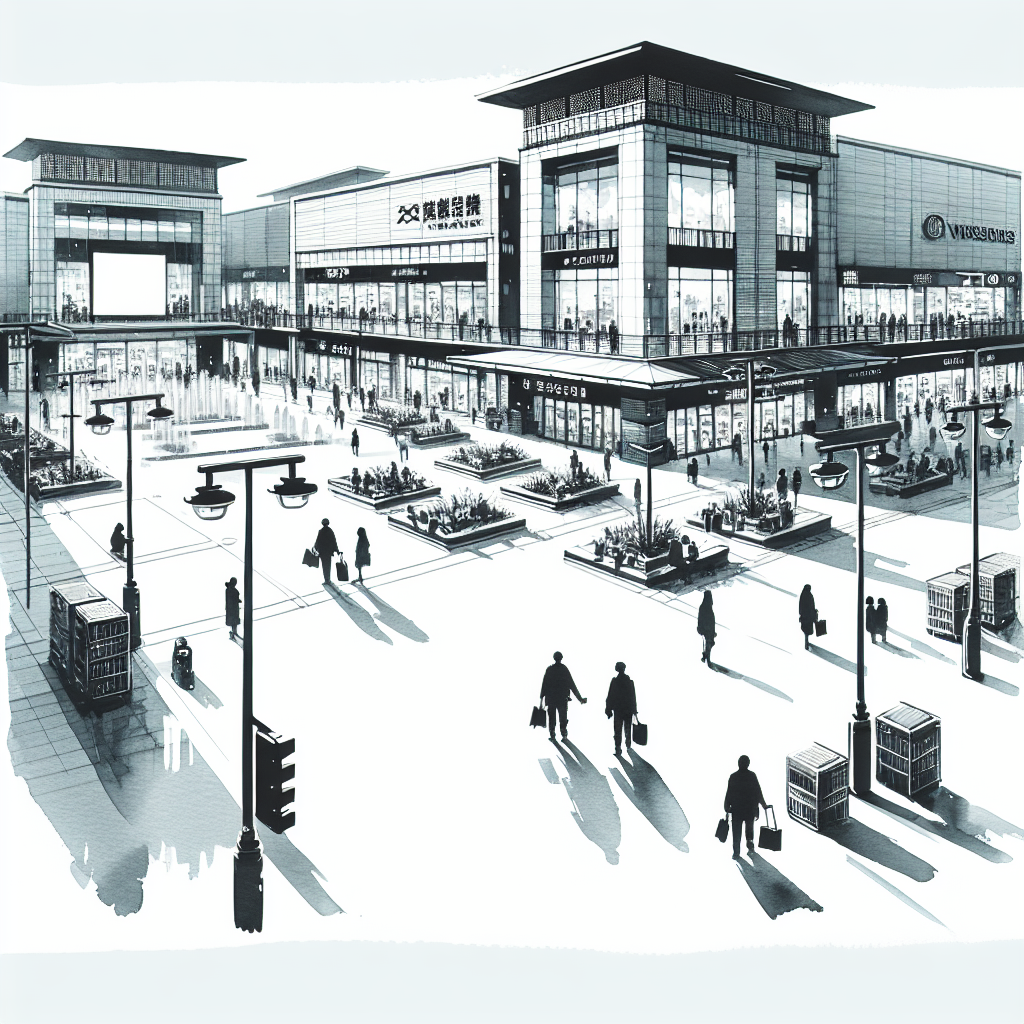Understanding Retail Grime
Retail grime encompasses a variety of dirt, stains, and debris commonly found in retail settings. This includes dust accumulation, tracked-in dirt, food and beverage spills, scuff marks, and restroom grime. Identifying the sources of grime is essential for developing a comprehensive cleaning plan.
Tailored Cleaning Approaches
Effective retail grime removal starts with a tailored approach that considers the specific surfaces and materials in the retail space. From hard floors to carpets, glass surfaces, and high-touch areas, each surface requires customized cleaning techniques and products to achieve optimal results.
- Conduct regular audits to assess the effectiveness of cleaning processes and identify areas that require additional attention.
- Utilize environmentally friendly cleaning products to promote sustainability and reduce the impact on indoor air quality.
- Train cleaning staff on proper cleaning techniques, safety protocols, and the use of cleaning equipment to ensure thorough and efficient cleaning practices.
Advanced Cleaning Technologies
Incorporating advanced cleaning technologies can significantly improve the efficiency and effectiveness of retail grime removal. From robotic cleaners to UV disinfection systems, these technologies offer innovative solutions for tackling tough grime and maintaining a hygienic environment.
Advanced cleaning technologies not only enhance cleaning outcomes but also contribute to cost savings and improved overall operational efficiency in retail facilities.Grout and Tile Cleaning
Grout and tile surfaces are common in retail areas and require specialized cleaning techniques to remove embedded grime and stains effectively. Regular maintenance is key to preserving the appearance and longevity of these surfaces.
- Implement steam cleaning for deep grout and tile cleaning to remove stubborn stains and sanitize surfaces effectively.
- Seal grout lines regularly to prevent moisture penetration and inhibit mold and mildew growth in retail settings.
High-Traffic Area Maintenance
High-traffic areas in retail spaces, such as entrances, aisles, and checkout counters, are prone to heavy soiling and require frequent cleaning to prevent grime buildup. Implementing targeted cleaning strategies in these areas is essential for maintaining a clean and inviting environment for customers.
- Conduct regular spot cleaning of spills and stains in high-traffic zones to prevent grime accumulation and maintain a pristine appearance.
- Implement matting systems at entrances to trap dirt and moisture from incoming foot traffic, reducing the spread of grime throughout the retail space.
Restroom Cleaning Best Practices
Restrooms are critical areas in retail facilities that require meticulous cleaning and disinfection to ensure a hygienic environment for customers and staff. Implementing best practices for restroom cleaning is essential for preventing grime buildup and maintaining cleanliness standards.
- Establish a routine restroom cleaning schedule with defined cleaning tasks and frequencies to maintain cleanliness standards and prevent grime accumulation.
- Inspect and restock restroom supplies regularly to ensure a consistent level of cleanliness and hygiene for restroom users.



